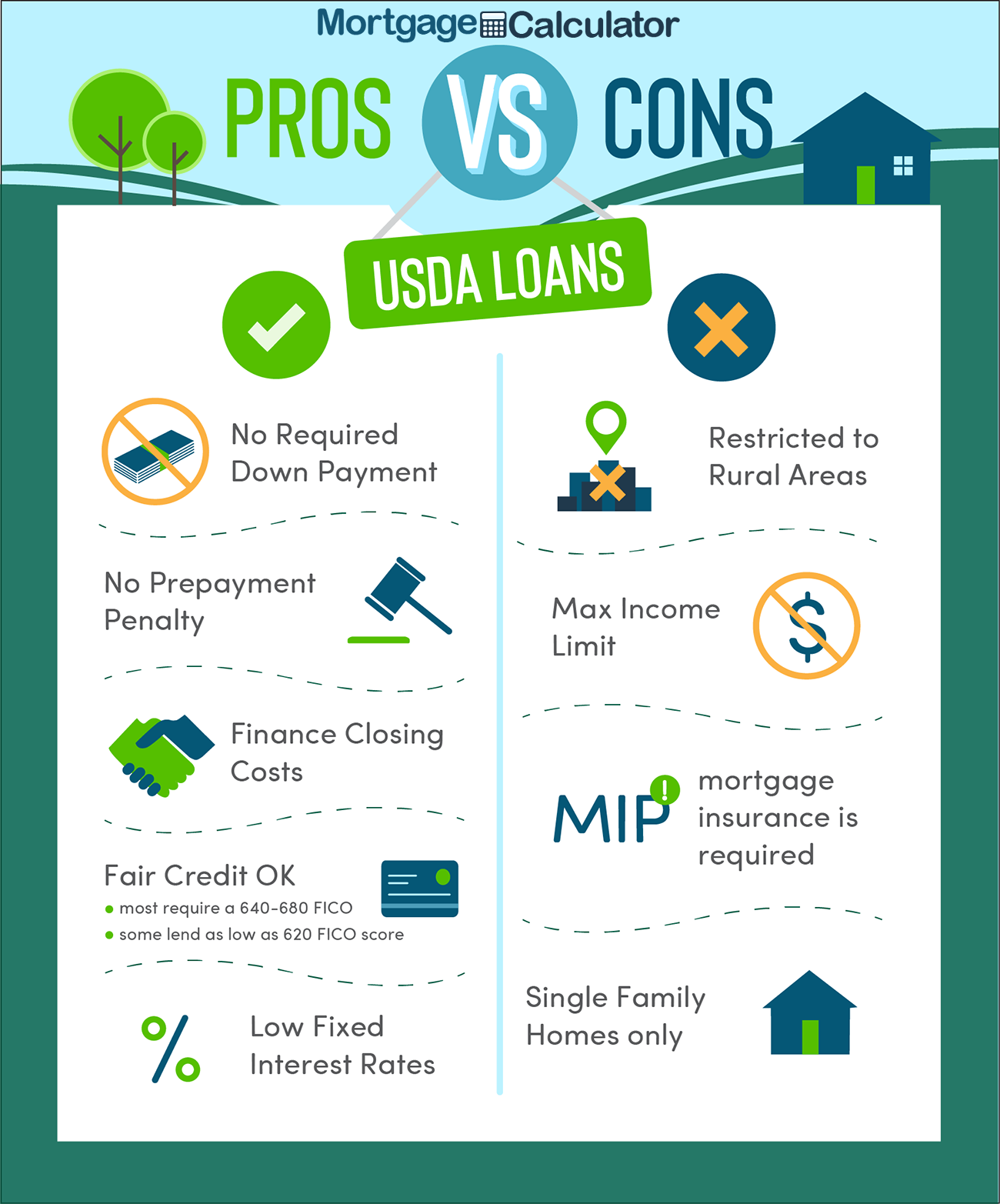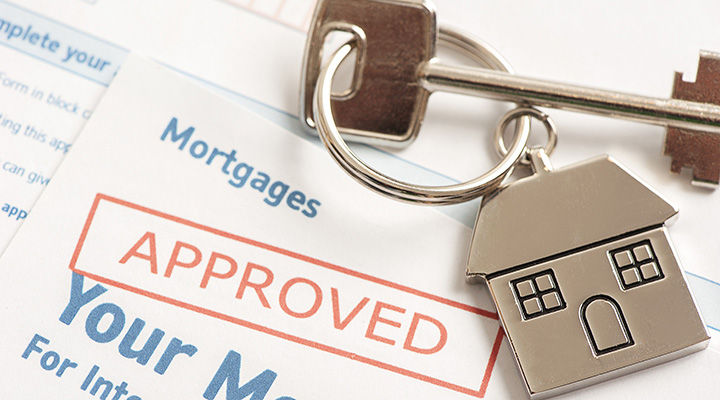Maximize Your Homebuying Prospective with Conventional Mortgage Loans
Maximize Your Homebuying Prospective with Conventional Mortgage Loans
Blog Article
The Important Aspects to Think About When Finding Between Fixed-Rate and Adjustable-Rate Home Loan Car Loans
When evaluating mortgage choices, borrowers deal with a crucial decision between fixed-rate and adjustable-rate loans, each presenting potential mistakes and unique benefits. Trick factors to consider such as rate of interest stability, predictability in monthly repayments, and the ramifications of possible price changes can significantly impact long-term financial health and wellness. Furthermore, understanding the anticipated duration of homeownership and the overall cost of borrowing can shape one's method. As these aspects link with private economic circumstances and risk resistance, the effects of this selection may not be as simple as they seem. What nuances should be focused on in this crucial decision-making process?
Rate Of Interest Stability
When selecting a home loan, recognizing passion rate stability is critical for informed decision-making. Interest rates can dramatically impact the general expense of a mortgage, and recognizing the nature of these rates is necessary for borrowers.
On the other hand, variable-rate mortgages (ARMs) begin with lower initial prices that might alter regularly based upon market conditions. While this can lead to reduced settlements originally, it also introduces uncertainty, as customers may deal with boosted repayments if rate of interest climb. For those taking into consideration an ARM, it is important to evaluate the probability of price modifications, the capacity for repayment boosts, and the length of the preliminary fixed-rate period.
Ultimately, the option between fixed-rate and adjustable-rate mortgages rests on specific threat tolerance and monetary circumstances. Understanding rate of interest stability assists debtors make educated choices that line up with their long-lasting monetary objectives.
Monthly Settlement Predictability
While borrowers frequently prioritize rates of interest stability, the predictability of monthly repayments is similarly important in the home mortgage choice process (Conventional mortgage loans). Month-to-month repayment predictability plays an essential function in budgeting and financial preparation, as it directly affects a home owner's money flow and total financial wellness
Fixed-rate home loans offer a regular regular monthly payment throughout the life of the funding, allowing borrowers to prepare for and prepare their expenditures effectively. This security can be especially helpful for newbie property buyers or those on a set revenue, as it removes the unpredictability connected with rising and fall settlements.
Conversely, variable-rate mortgages (ARMs) generally include lower initial repayments that can change gradually, causing potential irregularity in monthly obligations. While initially appealing, this unpredictability can complicate economic preparation, particularly if borrowers do not represent future rate adjustments.
Potential Rate Adjustments
In the realm of adjustable-rate home mortgages (ARMs), potential price adjustments represent a considerable aspect that debtors need to thoroughly consider. Unlike fixed-rate home loans, where the rate of interest continues to be unchanged for the life of the finance, ARMs are identified by fluctuating rate of interest that are connected to market indices. This irregularity can bring about substantial modifications in month-to-month payments, affecting the consumer's economic preparation and budgeting.
Normally, ARMs have a first fixed-rate period throughout which the passion rate is stable. After this duration, however, the price changes at established periods-- generally each year. Consumers need to know the margin and index utilized to determine these changes, as they straight affect future rate of interest. In addition, ARMs usually consist of caps that restrict just how much the rates of interest can increase at each adjustment and over the life of the finance, which can provide some level of security against extreme price hikes.
Comprehending these possible modifications is crucial for consumers, as they directly impact long-term repayment obligations. Consequently, evaluating individual financial scenarios and risk resistance is essential when making a decision whether an ARM aligns with one's economic goals.
Loan Term Considerations
Car loan term considerations play a crucial duty in the decision-making procedure for consumers picking in between adjustable-rate and fixed-rate mortgages. The size of the car loan term considerably impacts month-to-month repayments, rates of interest, and overall financial preparation. Fixed-rate home loans commonly use regards to 15 to 30 years, offering stability in regular monthly settlements and predictability in budgeting. This can be particularly appealing for debtors that intend to remain in the same home lasting and favor the certainty of fixed repayments throughout the life of the financing.

Ultimately, debtors have to assess their individual scenarios, monetary goals, and market problems when evaluating the implications of lending term selections within each home loan type.

Total Expense of Borrowing
Fixed-rate home loans supply predictable regular monthly settlements, as the interest rate continues to be constant throughout the funding term. This predictability can lead to lower overall expenses, specifically in a stable or declining rate of interest price setting.
Alternatively, variable-rate mortgages (ARMs) usually begin with lower preliminary rates, leading to lowered upfront prices. These rates can enhance after a preliminary duration, leading to possibly higher long-lasting expenses. Consumers have to take into consideration the regularity and level of price adjustments, as well as the total funding period, to precisely evaluate the monetary implications.
Furthermore, the overall price of loaning encompasses not only rate of interest yet additionally charges and various other connected costs, such as closing costs and insurance (Conventional mortgage loans). As a result, when examining home mortgage alternatives, consumers need to carry out a useful reference thorough cost analysis over the life of the financing. By doing so, they can make an educated decision that lines up with their economic goals and risk resistance
Conclusion
In final thought, choosing in between adjustable-rate and fixed-rate mortgage demands cautious factor to consider of numerous vital variables. Rate of interest stability and regular monthly settlement predictability are paramount for reliable budgeting, while the capacity for rate changes in ARMs presents financial uncertainty. Additionally, the anticipated period of homeownership and the overall expense of loaning, consisting of rate of interest prices and associated charges, have to align with private economic situations and run the risk of resistance. Such a detailed evaluation will help with enlightened decision-making in mortgage selection.
Secret considerations such as interest rate stability, predictability in month-to-month settlements, and the implications of prospective rate modifications can significantly impact long-term monetary health and wellness. Rate of interest prices can dramatically impact the try here overall cost of a mortgage, and recognizing the nature of these rates is vital for consumers. Unlike fixed-rate home mortgages, where the rate of interest rate stays the same for the life of the funding, ARMs are identified by varying interest rates that are connected to market indices. In addition, ARMs frequently include caps that restrict exactly how a lot the passion price can raise at each modification and over the life of the lending, which can give some level of protection against drastic price hikes.
Interest price stability and month-to-month repayment predictability are critical for effective budgeting, while the possibility for rate adjustments in ARMs presents financial unpredictability.
Report this page